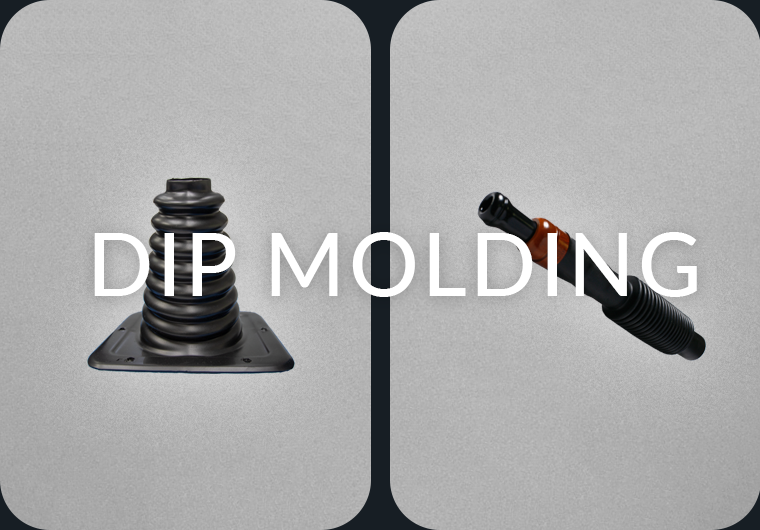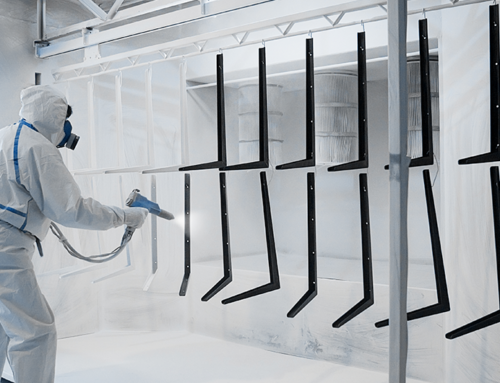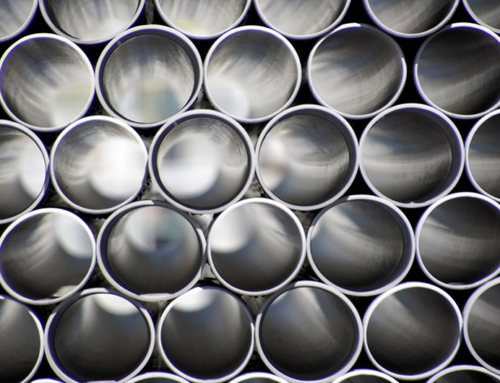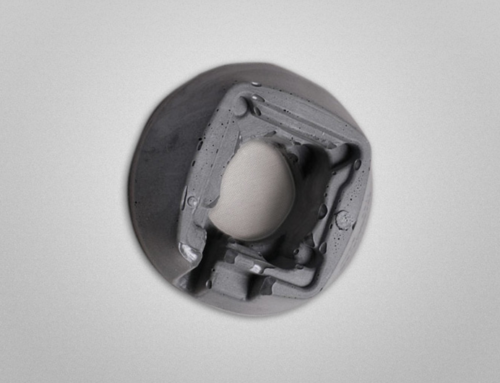The wide variety of techniques we offer our customers is one of the reasons why Midwest Rubber Company has built such a diverse and productive business. Our methods emphasize customization because that’s what allows us to meet the needs of every client. So far, we’ve given you a look at rotational molding. Today, we’re going to be telling you about another of our processes.
Dip molding has been in use for many years, and it’s one of the techniques that we use the most. Its low expense makes it an ideal choice for low-volume jobs, though we occasionally also use it for some larger projects, too, depending on what we’ve determined will best suit our customer. Additionally, dip molding can be utilized with a number of different materials: latex, neoprene, natural rubber, polyvinyl chloride, and even urethane. The base of choice starts off in liquid form, in which the mold for the job is dipped. The molds used in this method have a core without a cavity and are in a single piece. When a thorough coating has been achieved, the liquid is solidified and the complete rubber piece can be removed and trimmed.
Why do we choose dip molding so frequently? It’s a simple and highly effective way to make a specialized product that doesn’t pose a high cost to the client. We have used it in our manufacturing work for every industry we serve to create all kinds of items, like automotive bellows and seals used for trucks and farming tractors. Dip molding also allows us to create custom covers for hospital bed components, which promote hygiene and extend the life of the beds, saving money for healthcare facilities.
Dip molding is a versatile and reliable method, which Midwest Rubber Co. has relied on since our earliest days. Our extensive experience in this and other manufacturing procedures has helped us become the preferred rubber producer in many fields. Let’s connect and get started on your project.



